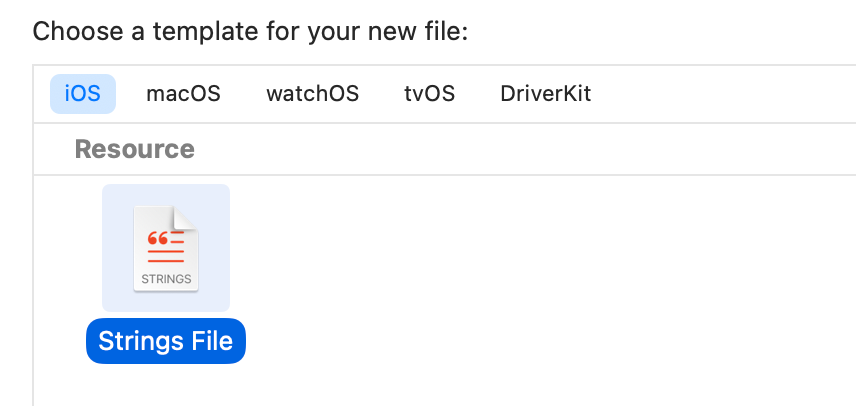react-native-localization-settings is a native module to expose per-app language preferences API on iOS and Android.
| Platform | Supported |
|---|---|
| iOS | ✅ |
| Android* | ✅ |
*per-app language settings was introduced in API level 33 (Android 13). On the older versions, the library uses SharedPreferences to store the language.
To get started with react-native-localization-settings, you'll need to install it using npm:
npm install react-native-localization-settingsor with yarn:
yarn add react-native-localization-settingsTo get started, define the languages your app will support. If you're using Expo, you can leverage the Expo config plugin to generate the necessary native configurations.
Simply add the config plugin to your app.json file and specify the list of supported languages:
{
"expo": {
// ...
"plugins": [
[
"react-native-localization-settings",
{
"languages": ["en", "pl"]
}
]
]
}
}and run npx expo prebuild.
If your app isn’t using Expo, you’ll need to add the configuration manually.
iOS configuration
Open your project in XCode, in Project Navigator select project, go to `Info` tab, and under `Localizations` section add languages you want to support.Next, you need to create a Localization.strings file.
Select newly created file and on the right side of the screen, under Localizations selection press Localize. Confirm
the popup.
Lastly, you need to select all elements in the section form previous step.
Android configuration
Create new file in `android/app/src/main/res/xml` directory named `locales_config.xml`. and define supported languages:<?xml version="1.0" encoding="utf-8"?>
<locale-config xmlns:android="http://schemas.android.com/apk/res/android">
<locale android:name="en"/>
<locale android:name="pl"/>
<locale android:name="fr"/>
</locale-config>Then, open android/app/src/main/AndroidManifest.xml and add following line to the Application tag:
<application
android:name=".MainApplication"
android:localeConfig="@xml/locales_config" <!-- this line -->
>Function to get current language.
Returns Language in IETF BCP 47 format (like 'en-US')
getLanguage(); // 'en-US'Function to set the current language. It accepts a string with language code in IETF BCP 47 format (like 'en-US') or ISO 639-1 format (like 'en').
setLanguage("en-US");This library is fully compatible with i18next.
To use it with i18next, create a language detector by using createLanguageDetector with the specified options:
import { createLanguageDetector } from 'react-native-localization-settings';
const languageDetector = createLanguageDetector({});
i18next
.use(languageDetector)
.use(initReactI18next)
.init({
// ...
});type LanguageDetectorOptions = {
cacheCurrentLanguage?: boolean; // default: false - sets current detected language
async?: boolean; // default: false - uses getLanguageAsync (set to true on old architecture)
};Then, if you want to create custom in-app language selector, you should be able to change the language (along with the settings per-app language) using standard i18next function:
i18next.changeLanguage('pl-PL');Users who speak multiple languages often set their device language to one language, such as English, but they may want to use other languages for certain apps, like Polish, Dutch, or French. To help apps provide a better experience for these users, this package adds the ability to set language preferences for individual apps in the device's settings.
Made with ❤️ by Jakub Grzywacz



